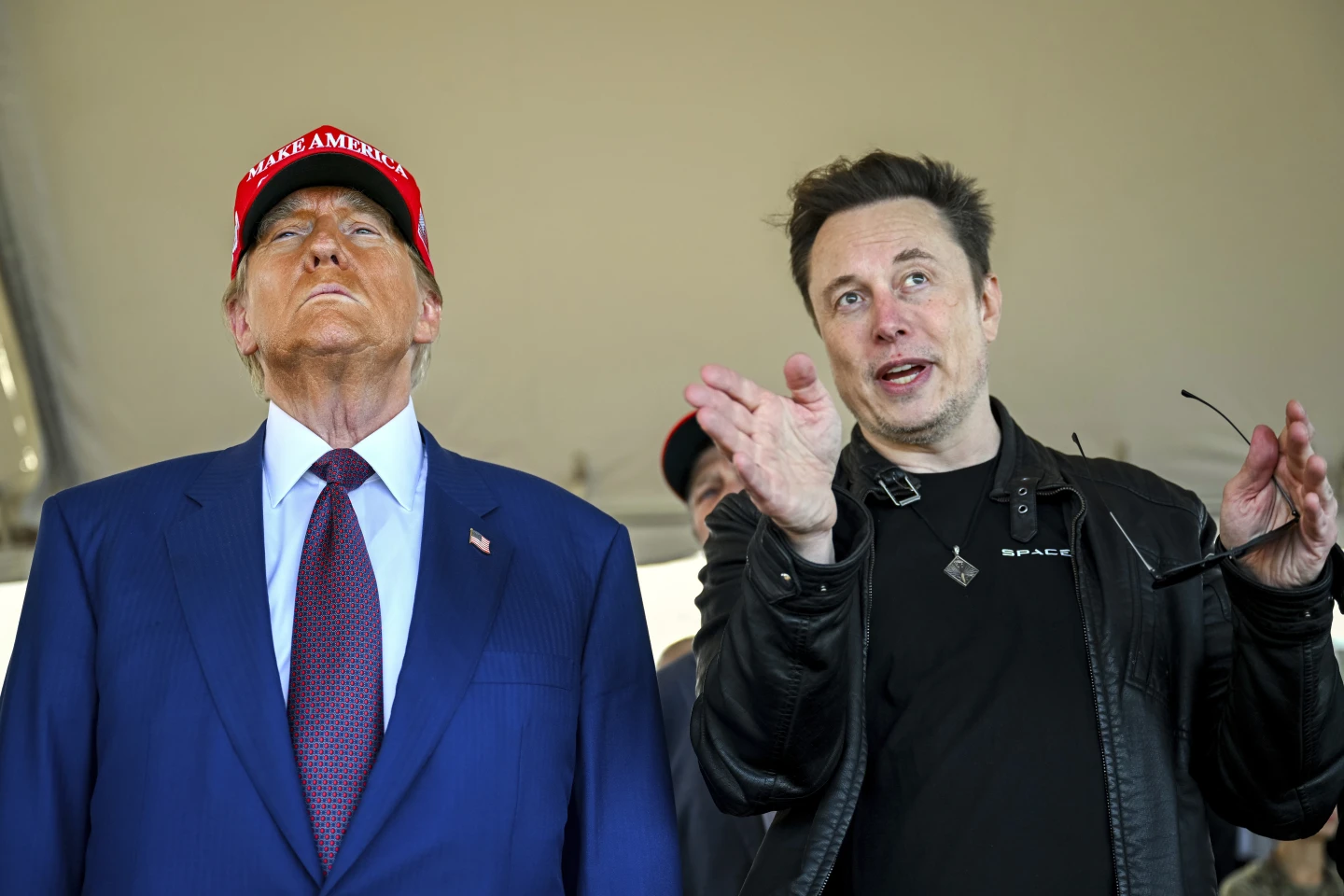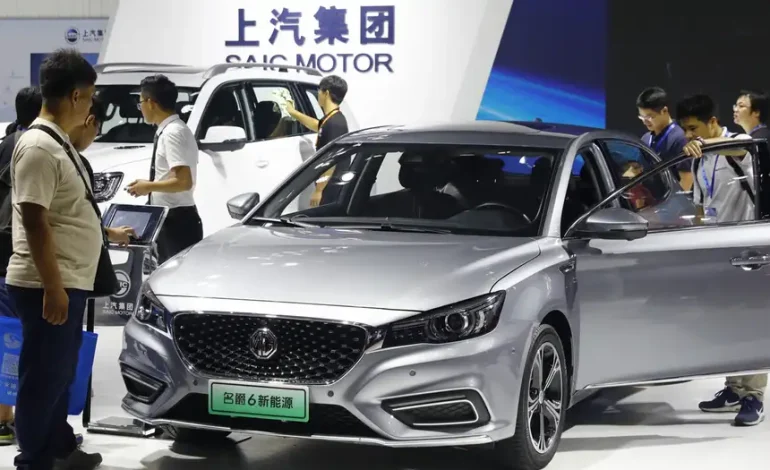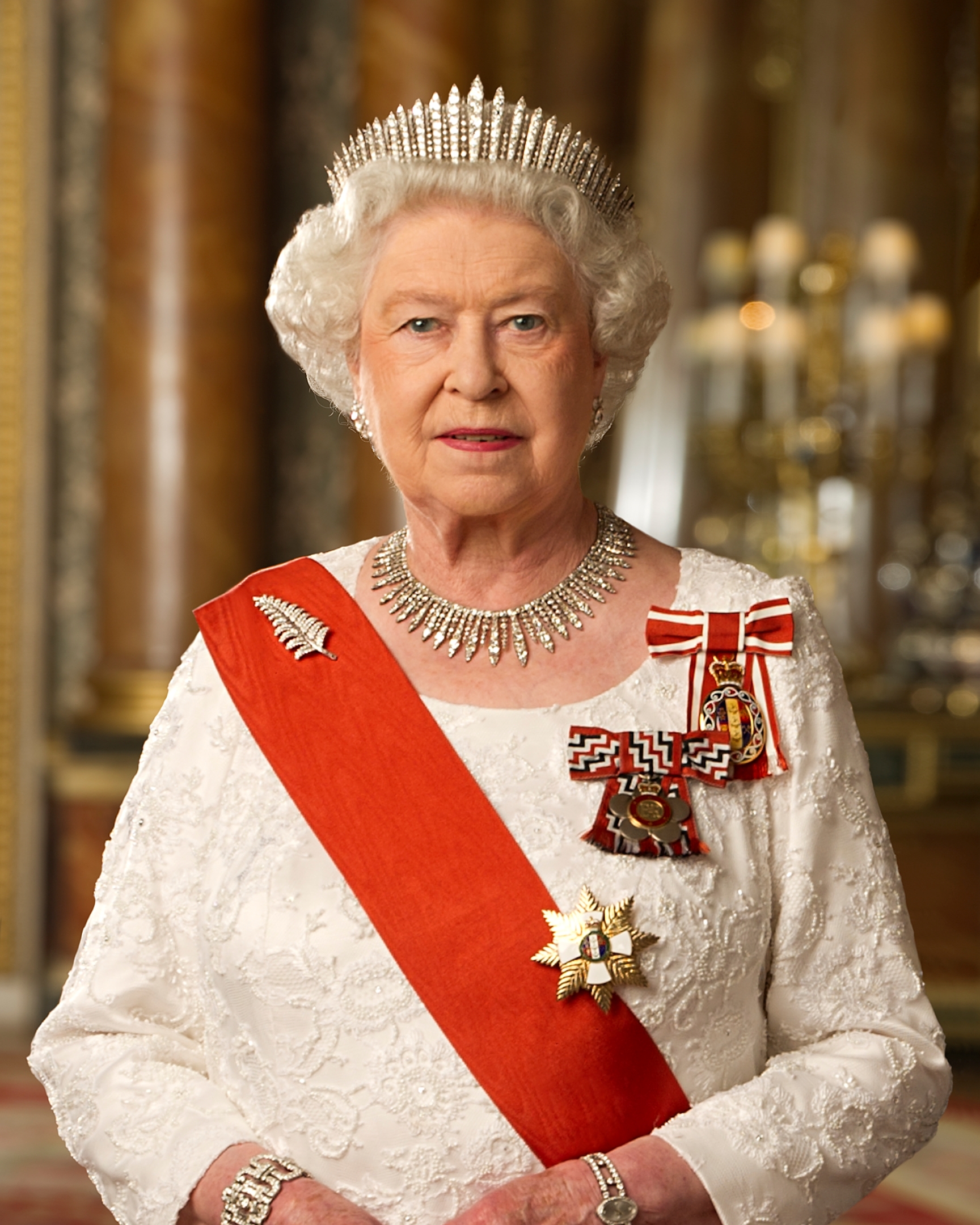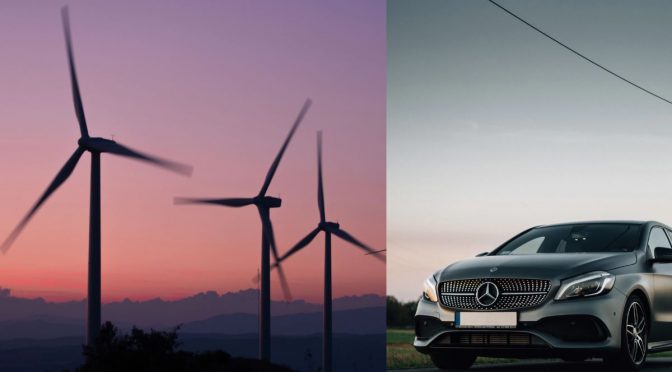The European Union has announced new tariffs on electric vehicles manufactured in China, with rates reaching up to 45%.
These additional duties aim to protect the EU’s automotive industry from what the bloc considers unfairly subsidized competition. Effective Wednesday, the tariffs stem from a lengthy investigation into financial support Chinese automakers receive from their government, such as below-market pricing for materials and favorable financing. These measures, European officials argue, allow Chinese companies to undercut EU manufacturers and dominate Europe’s growing electric vehicle (EV) market.
The new tariffs build on an existing 10% import duty, with rates varying based on each automaker’s level of state assistance. Tesla, which manufactures cars in China, faces an additional tariff of 7.8%, while Chinese automaker SAIC is subject to a 35.3% surcharge. The tariffs will remain in place for five years but could be lifted if the EU and China reach an agreement.
The European Commission contends that these subsidies have enabled Chinese automakers to claim a large portion of the European EV market, growing from 3% to over 20% in just three years. Many in the EU worry that Chinese vehicles could replicate the effect of subsidized Chinese solar panels, which have impacted European industries before. The additional tariffs are intended to give EU automakers more time to compete while preserving jobs in Europe’s automotive sector. Without intervention, European officials estimate significant job losses across the region as foreign automakers capture increasing market share.
China’s response has been critical, with the Ministry of Commerce calling the tariffs protectionist and filing a complaint with the World Trade Organization. Chinese officials are also exploring countermeasures, including raising tariffs on European gasoline-powered vehicles, which could affect major EU automakers. Additionally, China has launched investigations into European imports, including dairy and pork, with the potential to impose tariffs on these products.
Some Chinese manufacturers have reacted by establishing production sites within Europe to sidestep tariffs. Automakers like BYD have invested in facilities in Hungary, and Leapmotor has partnered with Stellantis to manufacture cars locally.
The EU’s tariffs align with similar measures taken by the US and Canada, which both impose 100% tariffs on Chinese EVs. However, European officials emphasize that their goal is not to cut off imports entirely. As the EU aims to reduce emissions and transition to cleaner transportation, officials want to ensure that EV imports do not disadvantage domestic producers.
Chinese automakers, who often price their EVs higher in Europe than in China, may be able to absorb some of the costs. Analysts note that Chinese EVs are still competitively priced, which could help them retain market share even with additional tariffs. However, longer-term, EU officials argue that preventing potentially unfair competition will benefit consumers by ensuring more robust competition in the European market.
The Associated Press, the New York Times, and Deutsche Welle contributed to this report.









